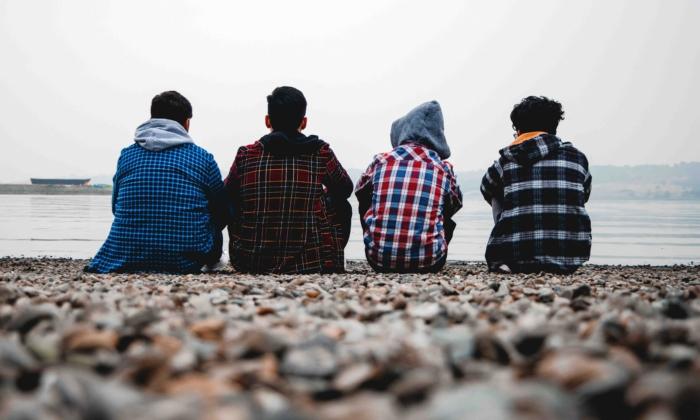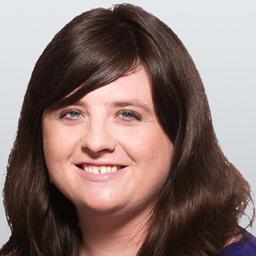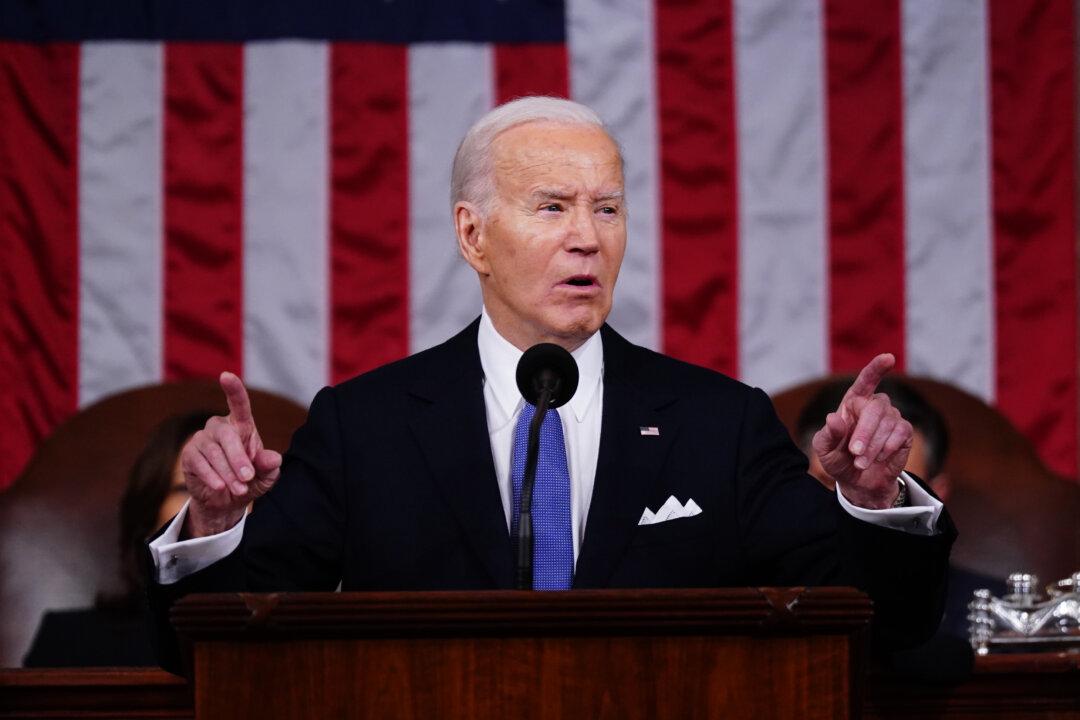A few months ago, a high school teacher casually mentioned to me that at his school, students with diagnosed anxiety weren’t called on in class.
What struck me as insanity is apparently mainstream in America’s schools now.
Nor is this just a matter of young people forever struggling more with emotions than their elders do. Teens decades ago didn’t struggle like this: The number of Americans aged 10 to 24 dying by suicide has increased by more than 50 percent since 2000. Emergency room visits by young women who committed self-harm have doubled since 2001.
In “Bad Therapy,” Ms. Shrier looks at the dismal mental health numbers and the increase in mental health care and suggests a provocative theory: What if our culture of therapy and drugs and feelings focus is harming, not helping, kids? What if the reason mental health continues to decline is because we have so much mental health focus and treatment?
Ultimately, I’m skeptical about this theory. There have been plenty of disruptive factors in recent decades besides the increase in mental health treatment that plausibly could affect young adults’ mental health, ranging from the breakdown of the family to the decrease in religiosity to the advent of smartphones.
Here is where “Bad Therapy” raises a range of interesting questions. Should a child see a therapist alone, or with a parent? Do some therapeutic approaches have better evidence supporting their effectiveness than others? How does medication affect a young adult’s early experiences of more mature emotions?
As someone who has benefited from both therapy and medication for mental health (albeit as an adult), these questions sound reasonable to me. No parent should just blindly trust a therapist or a doctor about how to treat his or her child; parents should ask informed questions and seek second opinions.
And of course, there’s a range of conditions that get children placed in therapy. Being anxious about being called on in class is wildly different than extreme suicidal ideation. Ms. Shrier acknowledges that she believes in medical treatment for those who couldn’t lead a normal, productive life without it; she cautions about its use for “the worriers; the fearful; the lonely, lost, and sad.” But what if therapy or medication can help “the worriers; the fearful” never become people who can’t lead normal lives?
“Bad Therapy” offers a particularly important revelation by showcasing how schools and medicine have been affected by the mental health focus. Just because your child isn’t seeing a therapist doesn’t mean he isn’t being exposed to a therapeutic approach—albeit one doled out by a teacher or other professional not trained to be a therapist.
For instance, a fifth grade teacher in Salt Lake City whose school adopted “social and emotional learning” practices often began the school day by asking her students to sit in a circle and discuss their feelings. One day, Ms. Shrier reports, this teacher asked the students to name something making them really sad.
One boy started talking about his dad’s new girlfriend—and then started crying.
“He was like, ‘I think that my dad hates me. And he yells at me all the time,’” the mother of another student in the class told Ms. Shrier. Other students followed suit: A girl cried about her parents’ divorce and another expressed concern over her mom’s boyfriend.
“Within minutes, half of the kids were sobbing,” Ms. Shrier writes. “It was time for the math lesson; no one wanted to do it.”
What a shocker.
Why was a teacher facilitating this conversation? Was there any reason to believe this teacher was trained to help the children deal with these difficult emotions in a healthy way?
That isn’t the only example of an adult authority figure having that kind of conversation with children with parents not present. Ms. Shrier recounts taking her own son to a pediatric urgent care center because he had a stomach ache. After the doctor examined her son and said it was probably just dehydration, he told them to wait for the nurse.
The nurse came in and asked Ms. Shrier to leave so he could do a “mental health screening.” When Ms. Shrier asked to look at the questions, she saw that the nurse intended to ask her son, without her present, questions including “In the past few weeks, have you wished you were dead?” and “In the past few weeks, have you ever felt that you or your family would be better off if you were dead?”
Remember: Ms. Shrier didn’t take her son to the clinic for a mental health evaluation but for a stomach ache. Yet these were the questions the clinic thought it necessary to ask him, without his parent present.
School counseling is another way minors may get mental health treatment from an adult—and there’s no guarantee their parents would know. Chillingly, in six states, including California and Florida, “minors twelve or thirteen and up are statutorily entitled to access mental health care without parental permission,” Ms. Shrier writes. “Schools are not only under no obligation to inform parents that their kids are regularly meeting with a school counselor, [but] they may even be barred from doing so.”
The current focus on prioritizing mental health also may be harming kids academically. A Wisconsin high school English teacher tells Ms. Shrier that she isn’t allowed to lower a grade because an assignment was turned in after the deadline. A teacher, who thinks his music students would be better served by practicing and achieving excellence rather than taking time off because of their mental health, says to Ms. Shrier that he gets excuses such as “‘I was having a rough day and dealing with my gender identity’—this happens all the time.”
Make no mistake: Today’s kids are not OK, as the statistics about suicide clearly show.
But “Bad Therapy” offers a welcome examination of the status quo treatment of and approach to struggling minors, and whether it’s the optimal way to get our young adults on a pathway to genuine mental health. This is too important to mess up. And it’s parents, who genuinely care for and love their children, who should be in the driver’s seat in fixing it.




